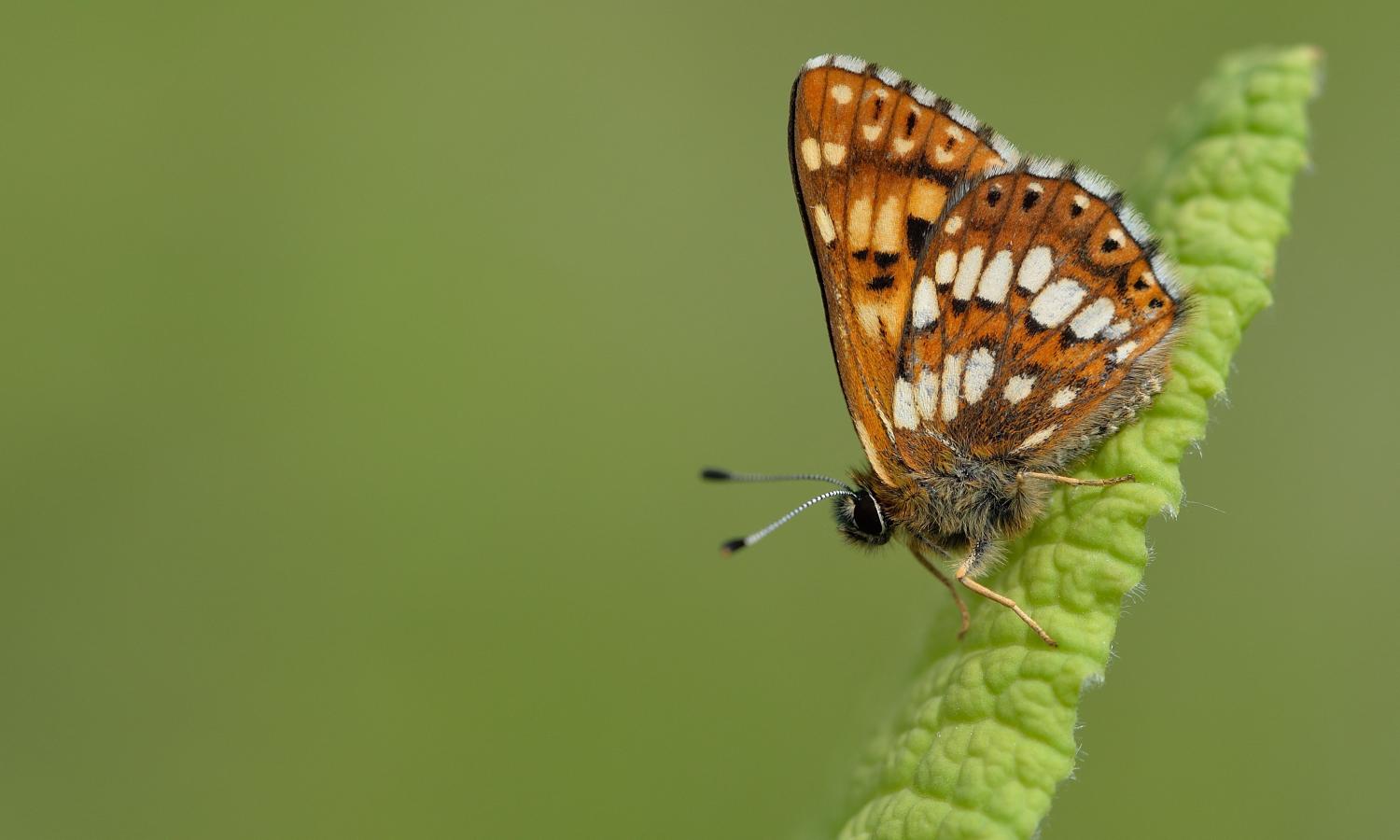
Successful conservation projects in Kent have resulted in a record level of sightings of the Duke of Burgundy, a threatened butterfly species.
The rare and beautiful butterflies can now be seen at six new sites, with a total count of 534 butterflies spotted across 13 colonies. This is a 185% increase since the last recorded year (2020) and a huge increase from only 7 known individual Duke of Burgundy butterflies in Kent in 2003.
The fantastic boost in numbers of Duke of Burgundy butterflies is the result of a successful collaboration of projects between Butterfly Conservation and Natural England. Over decades of working closely with farmers to adapt land management, a new landscape has been created that enabled the butterflies to establish new colonies. In some cases, land has been continuously in conservation management for 25 years.
Daniel Tuson, Conservation Adviser for Natural England said: “The success of the Duke of Burgundy in Kent shows how close ‘one to one’ working with farms over long time scales, creating a new landscape-scale generation of wildflower-rich grasslands from arable land, can lead to the recovery of a wide range of species.
The record numbers this year are a deserving reward for the commitment the many farmers and landowners have had to nature recovery, and a great tribute to the volunteers of the Butterfly Conservation Kent Branch who have helped put the Duke back on a clear path of recovery.”
The two projects that have contributed to the recovery of this butterfly species in the area are Natural England’s ‘Stour Valley to Stone Street Grassland recovery project’, which has been running since the mid-1990s, and Butterfly Conservation’s The Denge Woods Project, running from 2007-11, which has since been continued by branch volunteers. Bringing together Butterfly Conservation volunteers with expert land management support from Natural England provides landowners with the help they need to create the perfect habitat for the Duke of Burgundy.
The Duke of Burgundy remains a threatened species in Britain, and of high priority for both Butterfly Conservation and the UK Government’s ‘Section 41’ list of priority species.
Butterfly Conservation’s Director of Conservation, Dr Dan Hoare, commented: “It’s incredibly exciting and inspiring to see a species like the Duke of Burgundy bounce back from the brink of local extinction. The secret to this success is the sustained partnership work over twenty years, as it takes time for nature to recover. Natural England has built strong relationships with those who manage the land – farmers and foresters – and provided financial support and advice on habitat restoration, and Butterfly Conservation’s brilliant volunteers go out year after year to help monitor Duke of Burgundy and the many other butterflies and moths that are now thriving in this landscape. With last week’s news that half of Britain’s remaining butterfly species are on the Red List of extinction risk, it’s crucial that we learn lessons from where conservation has worked.”
Similar upward trends in sightings for other species in the area include the Black-veined Moth and the Dingy Skipper, causing a surprisingly welcome problem: they are now present throughout the landscape in so many more areas it has become difficult to identify individual colonies.
This positive news follows the publishing of the new Red List for British butterflies, a report from Butterfly Conservation that revealed half of UK butterfly species are endangered or near endangered. The full report can be viewed here.

